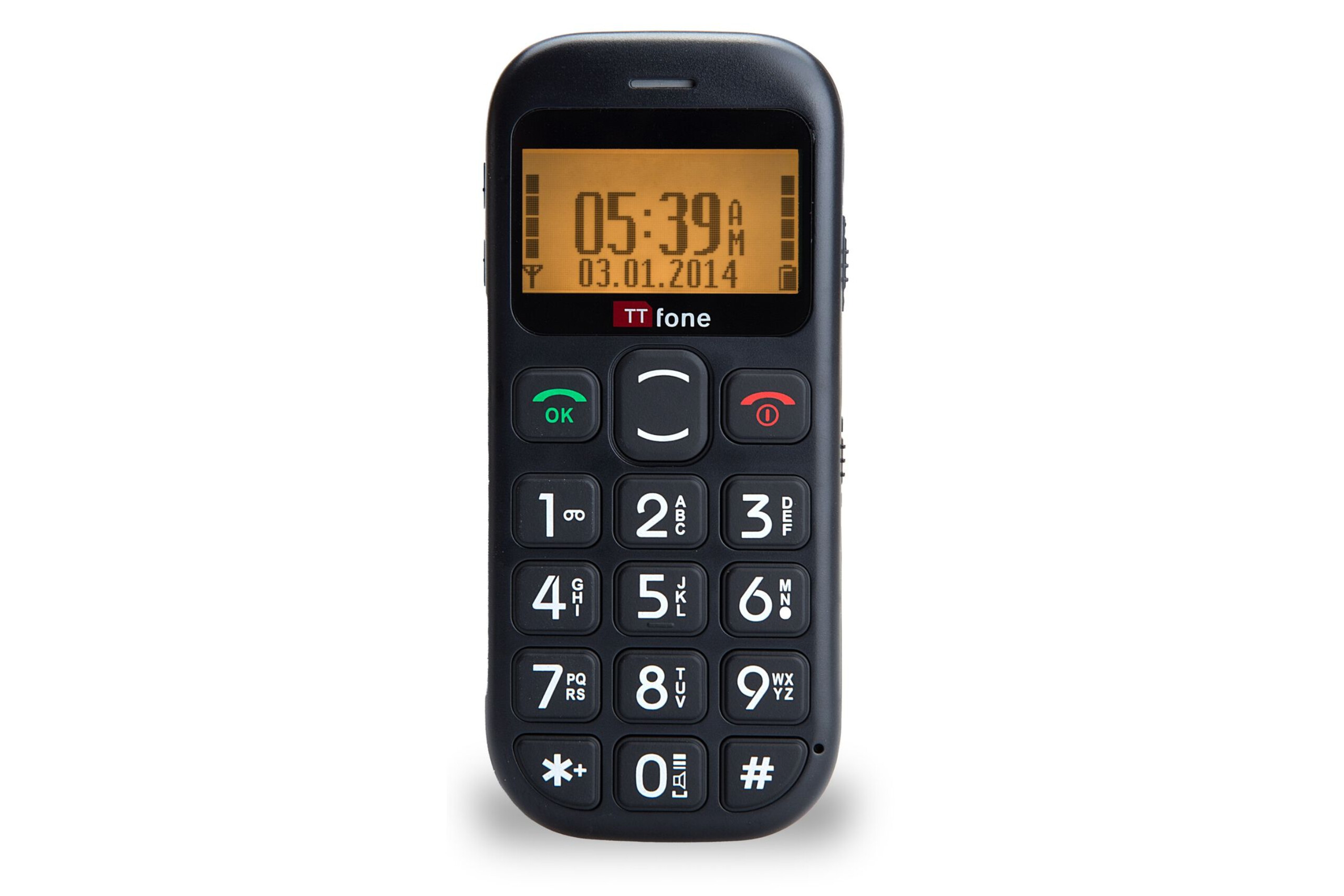
We’re all glued to our phones. I catch myself mindlessly scrolling through social media at 2 AM, wondering where the last three hours went. Sound familiar? If you’re nodding your head right now, you’re definitely not alone. Our relationship with smartphones has become complicated, especially for young people who’ve grown up with these devices practically attached to their hands.
The Smartphone Dilemma: What’s Really Going On?
Young people today are facing a mental health crisis, and many experts are pointing fingers at our beloved pocket computers. Think about it, we’re constantly bombarded with notifications, comparing ourselves to others online, and feeling anxious when we can’t find our phones (yes, that’s actually called nomophobia).
Research shows that excessive smartphone use is linked to increased anxiety, depression, and sleep problems among teenagers and young adults. We’re talking about a generation that’s never known life without instant connectivity, constant updates, and the pressure to always be “on.”
The scary part? Many young people report feeling physically uncomfortable when separated from their devices. It’s like our phones have become digital security blankets that we can’t live without.
Entering the Dumbphone Revolution
Some young people are saying “enough is enough” and switching to what we call “dumbphones” – basic mobile devices that can only make calls and send text messages. No internet, no social media, no endless apps to distract you.
These simple phones are making a surprising comeback. Nokia’s classic models are flying off shelves, and new companies are creating minimalist devices specifically for people wanting to disconnect from the digital chaos.
But here’s the million-dollar question: can switching to a basic phone actually improve your mental health?
People who’ve made the switch report some pretty amazing benefits:
Better Sleep Quality: Without the blue light and late-night scrolling temptation, many users find they sleep much better. Your brain actually gets a chance to wind down instead of staying stimulated by constant notifications.
Improved Focus: Imagine being able to concentrate on one task without your phone buzzing every few minutes. Many dumbphone users say their productivity and attention span have dramatically improved.
Real Social Connections: When you can’t hide behind a screen, you’re forced to have actual face-to-face conversations. Many people rediscover the joy of genuine human connection.
Reduced Anxiety: The constant pressure to respond immediately to messages and stay updated on everything disappears. Many users report feeling calmer and less stressed.
But Wait – It’s Not That Simple
Before you rush to buy a flip phone, let’s talk reality. Switching to a dumbphone isn’t practical for everyone. We live in a digital world where smartphones serve essential functions:
– Navigation and maps
– Banking and payment apps
– Work communication tools
– Emergency services and safety features
– Educational resources and learning apps
For many young people, especially students, completely ditching smartphones might create more problems than it solves.
Finding the Middle Ground
You don’t have to choose between all or nothing. Here are some smartphone strategies that can help protect your mental health:
Digital Detox Hours: Set specific times when your phone goes into airplane mode or stays in another room.
App Limits: Use built-in screen time controls to limit social media and other potentially harmful apps.
Notification Management: Turn off non-essential notifications to reduce constant interruptions.
Phone-Free Zones: Keep bedrooms and dining areas smartphone-free to improve sleep and family connections.
The Bottom Line
While dumbphones might work for some people, they’re not a magic solution for everyone’s mental health struggles. The real answer lies in developing a healthier relationship with technology.

